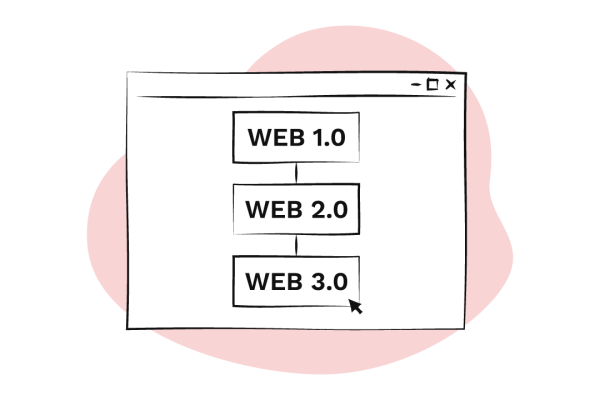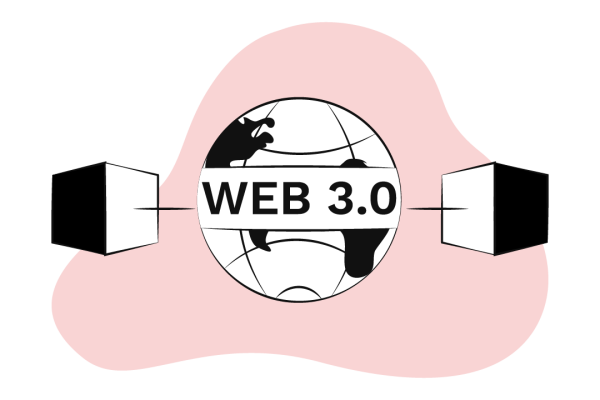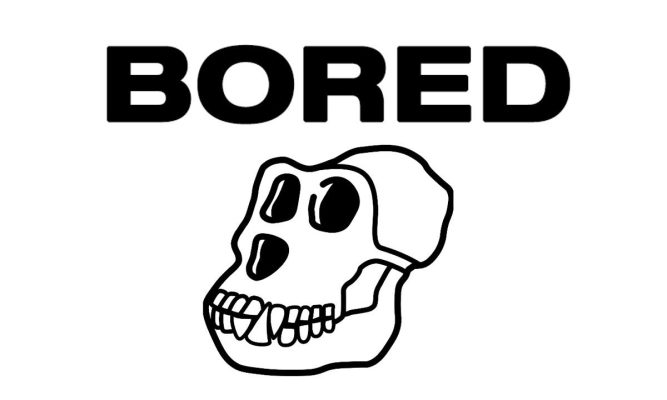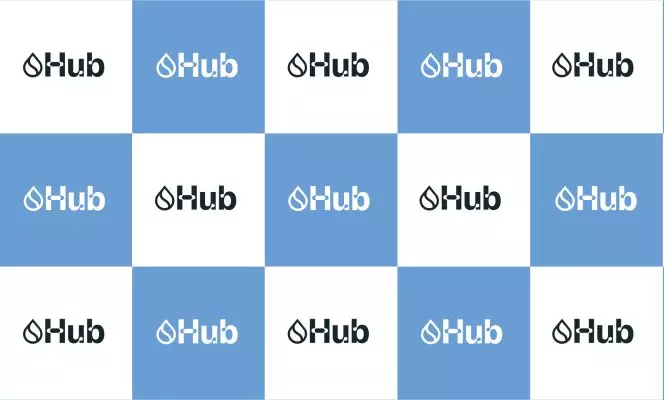Communication technology seems to be the fastest field to evolve. And as we have passed from Web 1.0 to Web 2.0, naturally, we are already making a bolt toward Web 3.0.
The research on data communication for computer networks started in the ’60s. By 1974, Vint Cerf, Yogen Dalal, and Carl Sunshine defined the base concept of the Internet, Transmission Control Protocol (TCP), and Internet Protocol (IP).
In 1993 the Internet made up 1% of the global communication landscape. By 2000 it went up to 51%, and more than 97% of the telecommunicated information by 2007.
Nowadays, the internet stands at the core of modern civilization. It brings regular and business communication to a superior level. And as it seems, this isn’t even its final form.
Web 1.0 – 2.0 – 3.0

Web 1.0 comes into the picture
In the ’90s, Web 1.0 entered the communication field as the “read-only web,” or the first stage of development on the World Wide Web. You could only search for static websites and read various pages on them.
At first, you would have to go through website directories. Only after 2000 could you use some search engines with basic functionalities.
Believe it or not, the Web 1.0′ era’ is the time when Yahoo was the MVP, and Google was only dreaming of becoming the next Yahoo.
When did web 2.0 begin?
A more interactive form of the World Wide Web was developed at the end of the ’90s.
CSS wasn’t a thing in the early 2000s, so developers had to write thousands of rows of PHP (Hypertext Preprocessor), HTML (HyperText Markup Language), MySQL, and JS (JavaScript) to customize a website a little more.
However, when the first version of Flash was launched in 1996, it revolutionized website design, allowing developers to create various websites that contained complex media like web applications, all kinds of games, videos, and images.
Flash did provide some missing functionalities for a while. But as the devices evolved, so did the notion of acceptable load time. So, Flash started bringing little to no value to modern browsers.
As more and more large technology companies realized the benefits of Web standards, HTML5 and CSS3 websites started replacing Flash-driven websites.
With the appearance of Facebook in 2004, the transition from Web 1.0 to Web 2.0 became quite clear. And the major social media platforms based on user-generated content like Reddit (2005), Twitter (2006), and Youtube (2007) that were launched afterward reinforced the ‘read-write web’ forever.
The web wasn’t there only for businesses to show up on a website. The standard internet user received a voice. Thus reviews and testimonials became essential for marketing purposes.
Even more, since the emergence of smartphones in 2007, increasingly more individuals have got fully functioning internet-connected devices in their pockets.
So now, in the existing Web 2.0, we create blogs, share videos, write reviews, and do voice searches. Furthermore, we use the web at its full capacity from a tiny mobile device as a social tool, an encyclopedia, or for buying and selling purposes.
So what’s going on with Web 3.0?
As technology evolved, scientists started to look forward to what the web could become. The first concept related to Web 3.0 comes from Berners-Lee in 1999 as the ‘semantic web.’
“I have a dream for the Web [in which computers] become capable of analyzing all the data on the Web – the content, links, and transactions between people and computers. A ‘semantic web,’ which makes this possible, has yet to emerge, but when it does, the day-to-day mechanisms of trade, bureaucracy, and our daily lives will be handled by machines talking to machines. The ‘intelligent agents’ people have touted for ages will finally materialize.” But as time passes, Web 3.0 starts going beyond just the ‘semantic web,’ encompassing artificial intelligence, interoperability, decentralization, and other matters.
The Web 3.0 definition
Truth be told, there is no absolute definition of what Web 3.0 means.
The semantic web
As mentioned before, in 1999, Bernes-Lee came up with the concept of a ‘semantic web’ that should analyze all the data on the internet, allowing machines to handle many tasks without human intervention.
The intelligent web
However, the Web 3.0 denomination appeared for the first time in 2006. The term was introduced by John Markoff of the New York Times and referred to a supposed third generation of Internet-based services comprising what might be called ‘the intelligent Web.‘
Generally, Web 3.0 is thought to have the following 5 characteristics:
- Semantic Web – Web 3.0 goes beyond focusing on keywords and numeric values so that it understands content like photos, videos, or audio and more complex associations between products, locations, and specific behaviors.
- Artificial Intelligence – Artificial intelligence software is able to decrypt human language and understand intention through machine learning. It can also recognize real from fake and provide more reliable data.
- 3D Graphics – The third generation of the World Wide Web should integrate the use of 3D graphics and VR technologies to provide results regarding real-life places, diverse products, and objects of interest.
- Connectivity – Within Web 3.0, information is more connected through semantic metadata, leveraging all the available information.
- Ubiquity – Data silos are eliminated. Every device should be connected to the network and content operable by different applications.
The Decentralized Web
As the free-to-use web platforms started taking a big share of the programmatic internet advertising, users began to fear more and more for their personal data and online identity. And as blockchain technology and cryptocurrencies emerged, the desire for decentralization grew.
Therefore, the blockchain community is envisioning a Web 3.0 with the 5 characteristics mentioned above and, more importantly, a decentralized peer-to-peer network.
The ‘decentralized web’ employs the power of blockchain technology to dissolve the need for centralized infrastructure, working only with immutable encrypted data. Web 3.0 would use decentralized data networks, DAO (Decentralized Autonomous Organization) and DeFi (Decentralized Finance) projects, smart contracts, decentralized protocols, digital assets, decentralized apps (dApps), and distributed ledger technology to create a fully decentralized online space that is not controlled by any central authority and is not stored in a fixed location.
The ‘decentralized web’ employs the power of blockchain technology to dissolve the need for centralized infrastructure, working only with immutable encrypted data. Web 3.0 would use decentralized data networks, DAO (Decentralized Autonomous Organization) and DeFi (Decentralized Finance) projects, smart contracts, decentralized protocols, digital assets, decentralized apps (dApps), and distributed ledger technology to create a fully decentralized online space that is not controlled by any central authority and is not stored in a fixed location.
Web 3.0 will be permissionless, trustless, and, most importantly, decentralized. The next phase of the online space will mostly focus on data security and on one of the most intriguing concepts that the internet will offer – ownership. While Web 1.0 was “read-only” and Web 2.0 is “read-write,” Web 3.0 will be “read-write-own”, and this intrigues many online users.
Currently, the closest blockchain platform to Web 3.0 is considered to be the Ethereum platform.
Are we in Web 3.0?
Big tech companies are already implementing software that can analyze complex data and associate diverse parameters. We are even able to go on Google Maps to street-view cities from the other side of the planet. And we keep getting the feeling that the advertisers are listening to our conversation through our devices.
But, now that most people are accustomed to a very social and interactive web, questions of whether or not we’ve completely shifted to Web 3.0 have been rising for years.
However, there is no reason to believe that we have left the Web 2.0 zone.
So the short answer is ‘not yet.’
Artificial intelligence research is yet to give out a product that can be used efficiently on the internet. Currently, many applications are limited to running only on one operating system (be it iOS, Android, Windows, or others).
And although VR is getting more developments, it still has a long way to go before being largely used.
However, we are quite close to Web 3.0.
Web 3.0 Blockchain

Inside the blockchain community, Web 3.0’s principles have found quite a few projects that approached the idea of a decentralized internet backed by cryptocurrency. And by far, WEB3 Foundation’s projects are the closest to those ideals.
Web 3.0 in Blockchain: Polkadot and Kusama
WEB3 Foundation and Gavin Wood made the news through Polkadot and Kusama.
Gavin Wood was already known for being one of the central figures behind the Ethereum Foundation. But since he left Ethereum, he put the bases of the Web3 Foundation. Within WEB3, he explored the idea of an interoperable self-governed blockchain platform that can allow the creation of parachains that can communicate between them as well.
Neither Kusama nor Polkadot is in its final form. Yet, the community’s trust is quite big in WEB3 Foundation’s initiatives.
The clear indicators of that fact are the substantial market caps the projects have (over $1.4B for KSM and over $12B for DOT) and the market’s excitement surrounding parachain slots auction.
Key takeaways
- The internet evolved over the second half of the 20th century.
- In 1993 the Internet made up 1% of the global communication landscape. By 2000 it went up to 51%, and more than 97% of the telecommunicated information by 2007.
- Web 1.0 entered the communication field in the ’90s as the ‘read-only web.’ You could only search for websites and read them.
- The apparition of Facebook in 2004 is the milestone where the transition from Web 1.0 to Web 2.0 is quite clear. In the ‘read-write web,’ users are able to write content on a website, not only read it.
- Web 3.0 is the next generation of the internet and is thought to come soon. Its core characteristics are Semantic Web, Artificial Intelligence, 3D Graphics, Connectivity, and Ubiquity. Web 3.0 will use decentralized networks, decentralized applications, NFTs (Non-Fungible Tokens), and many other blockchain-related projects to create a version of the web that will introduce the concept of ownership and offer more control to everyday users.
- The blockchain community is envisioning a Web 3.0 which has the 5 characteristics mentioned above but, more importantly, is a decentralized peer-to-peer network. The ‘decentralized web’ employs the power of blockchain technology to dissolve the need for centralized operators, working only with immutable encrypted data.



